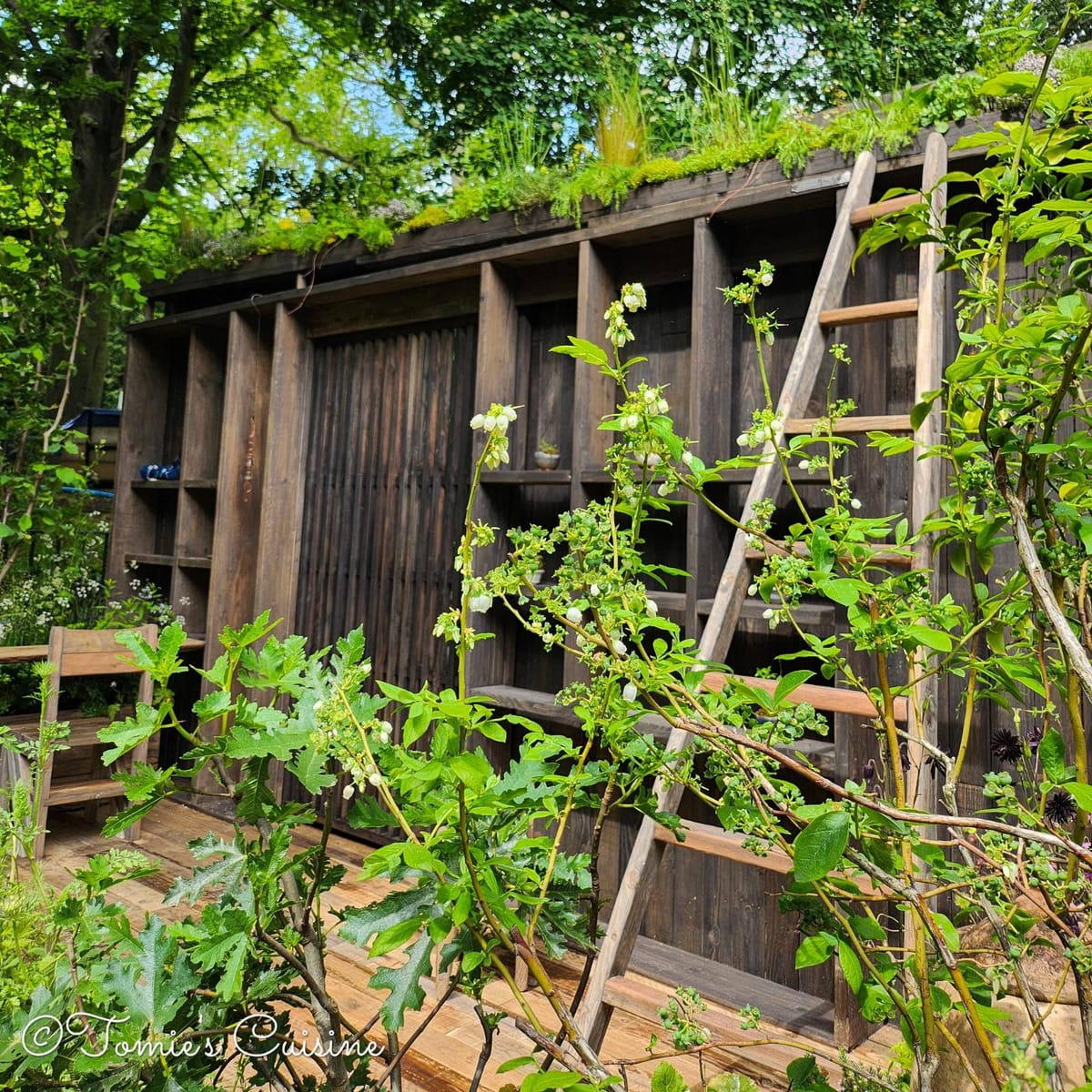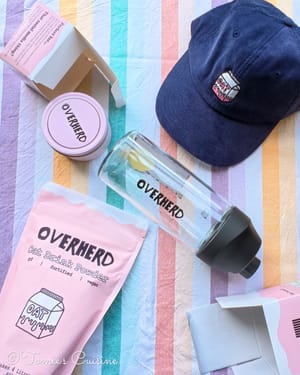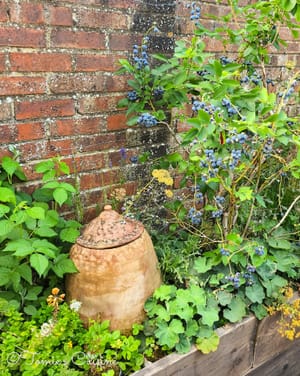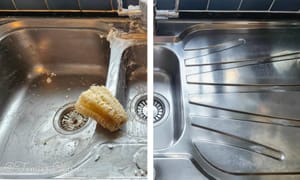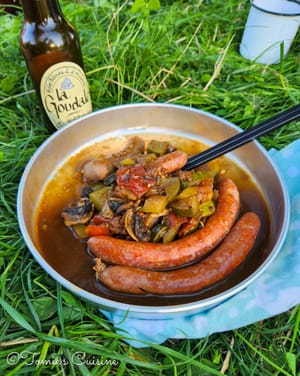When you come and visit our garden at the RHS Chelsea Flowe Show 2024, you may think to yourself: “Well, it doesn’t apply to me anyway”. So, we’ll try to dispel this myth with three questions!
How easy is it to create a garden like this at home?
Most people will easily be able to replicate it. We will prepare all the plants in the UK and arrange them according to their character and disposition. Therefore, it will be an excellent balcony or small-sized garden example.
What sort of space does one need to build one?
This method doesn’t require much space as the home compost can sit anywhere next to the flower bed and won’t take any more space than a rhubarb pot.
Furthermore, you can put cardboard and newspaper at the bottom of the planters, reducing the need for soil and the weight on the balcony. How much you use depends on the pot’s size. As an added bonus, cardboard is also fantastic at keeping the water in the pot.
What sort of budget and materials does one need to make one?
You can start small with a few plants and cardboard boxes you got from your deliveries. It needn’t be anything fancy!
Why not try some blueberries? Then you will benefit from their fruits in summer and enjoy their coloured leaves in autumn. You can also try some kitchen herbs you can buy at your local supermarket and use when cooking.
Then, get a large flower pot from your garden centre, experiment with putting some of your kitchen waste in it, and see how fast it breaks down and benefits your plants!
Putting it all together, we get:
- Blueberries plants: ~£15
- Kitchen herbs (e.g. Rosemary or Basil plants from the supermarket): ~£2
- Wooden planter: ~£10 (If you can do some DIY, then it won’t cost you more than that to buy a few pieces of reclaimed wood, e.g. see https://www.woodrecycling.org.uk/)
- Peat free soil: ~£8
- Larger terracotta flower pot: ~£60
- Cardboard boxes: free?
So a quick back-of-the-envelope calculation gives a ballpark figure of £80 if we include some tools, too.
We hope this short article based on questions we got at the show was helpful and helped you get some ideas you can apply to your garden or balcony!
In the meantime, follow us on our Instagram, Pinterest, and Facebook pages. Don’t forget to subscribe to our newsletter so you don’t miss our future blog posts about other recipes and eco-friendly tips.

